Growing Industrial Automation
The Ceramic Ball Bearings Market is poised for growth due to the increasing trend of industrial automation across various sectors. As industries adopt automated systems to enhance productivity and efficiency, the demand for high-performance components, including ceramic ball bearings, is on the rise. These bearings are favored for their ability to operate at high speeds and under demanding conditions, making them suitable for robotic applications and automated machinery. The industrial automation market is expected to witness a compound annual growth rate of approximately 10% in the coming years, which could significantly boost the demand for ceramic ball bearings. This trend reflects a broader shift towards smart manufacturing and the integration of advanced technologies in production processes.
Rising Demand in Electric Vehicles
The Ceramic Ball Bearings Market is witnessing a surge in demand driven by the rapid growth of the electric vehicle (EV) sector. As EV manufacturers seek to enhance the efficiency and performance of their vehicles, the use of ceramic ball bearings becomes increasingly appealing. These bearings offer lower friction and higher thermal resistance, which are critical for the performance of electric drivetrains. The Ceramic Ball Bearings Market is anticipated to expand significantly, with projections indicating that EV sales could reach over 30 million units annually by 2030. This burgeoning demand for electric vehicles is likely to create substantial opportunities for the ceramic ball bearings market, as manufacturers look to integrate advanced materials into their designs.
Technological Advancements in Manufacturing
The Ceramic Ball Bearings Market is experiencing a notable transformation due to advancements in manufacturing technologies. Innovations such as precision machining and advanced sintering techniques enhance the production quality and efficiency of ceramic ball bearings. These improvements not only reduce production costs but also increase the performance characteristics of the bearings, such as load capacity and wear resistance. As a result, manufacturers are able to offer products that meet the stringent requirements of various applications, including aerospace and automotive sectors. The market is projected to grow at a compound annual growth rate of approximately 8% over the next five years, driven by these technological enhancements that enable the production of high-performance ceramic ball bearings.
Increased Application in Aerospace and Defense
The Ceramic Ball Bearings Market is benefiting from increased applications in the aerospace and defense sectors. The unique properties of ceramic materials, such as high strength-to-weight ratios and resistance to extreme temperatures, make them ideal for use in aircraft and military equipment. As the aerospace industry continues to innovate, the demand for lightweight and durable components is rising. Ceramic ball bearings are increasingly being utilized in critical applications, including turbine engines and landing gear systems. The market for aerospace components is projected to grow, with estimates suggesting a compound annual growth rate of around 5% over the next decade. This trend indicates a promising future for ceramic ball bearings as they become integral to advanced aerospace technologies.
Sustainability and Environmental Considerations
The Ceramic Ball Bearings Market is increasingly influenced by the growing emphasis on sustainability and environmental responsibility. As industries strive to reduce their carbon footprints, the demand for eco-friendly materials and processes is on the rise. Ceramic ball bearings, known for their durability and low friction properties, contribute to energy efficiency in machinery and vehicles. This aligns with global initiatives aimed at promoting sustainable practices. Furthermore, the lifecycle of ceramic bearings often results in less waste compared to traditional metal bearings, making them a more attractive option for environmentally conscious manufacturers. The shift towards sustainable solutions is expected to propel the market forward, as companies seek to comply with regulations and meet consumer expectations.


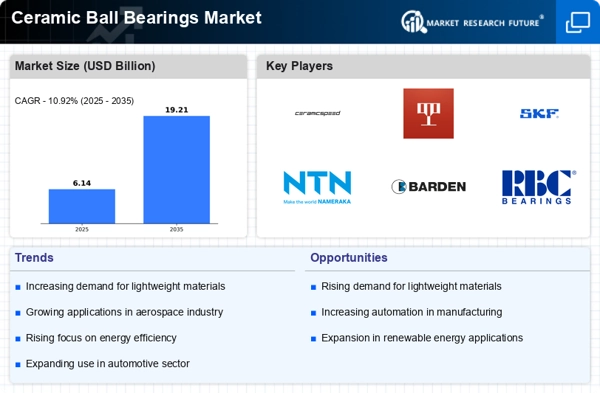
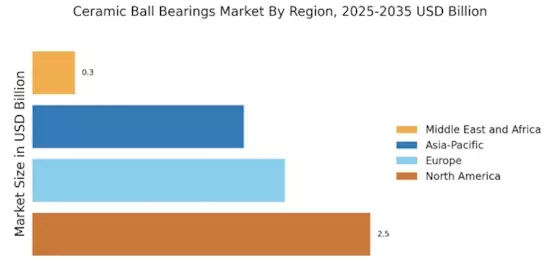
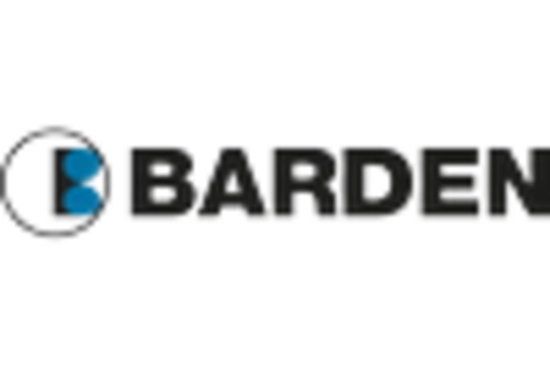
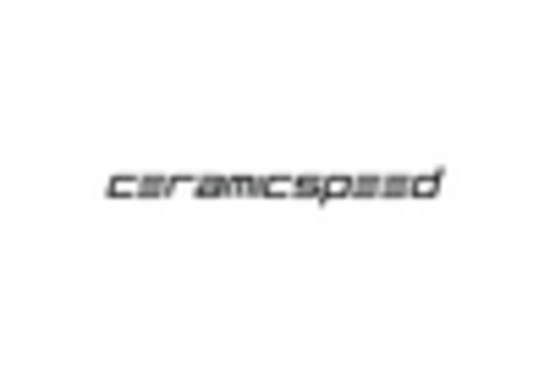


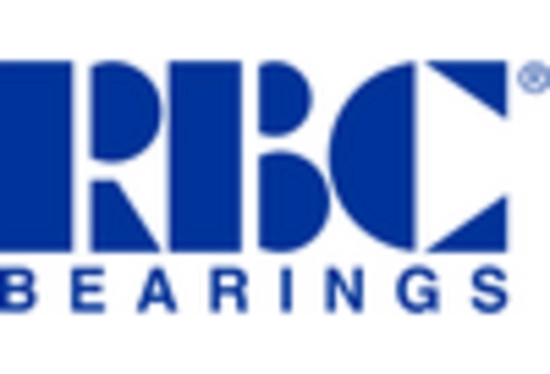
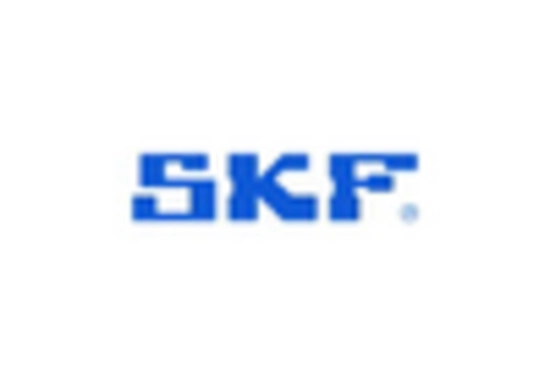








Leave a Comment